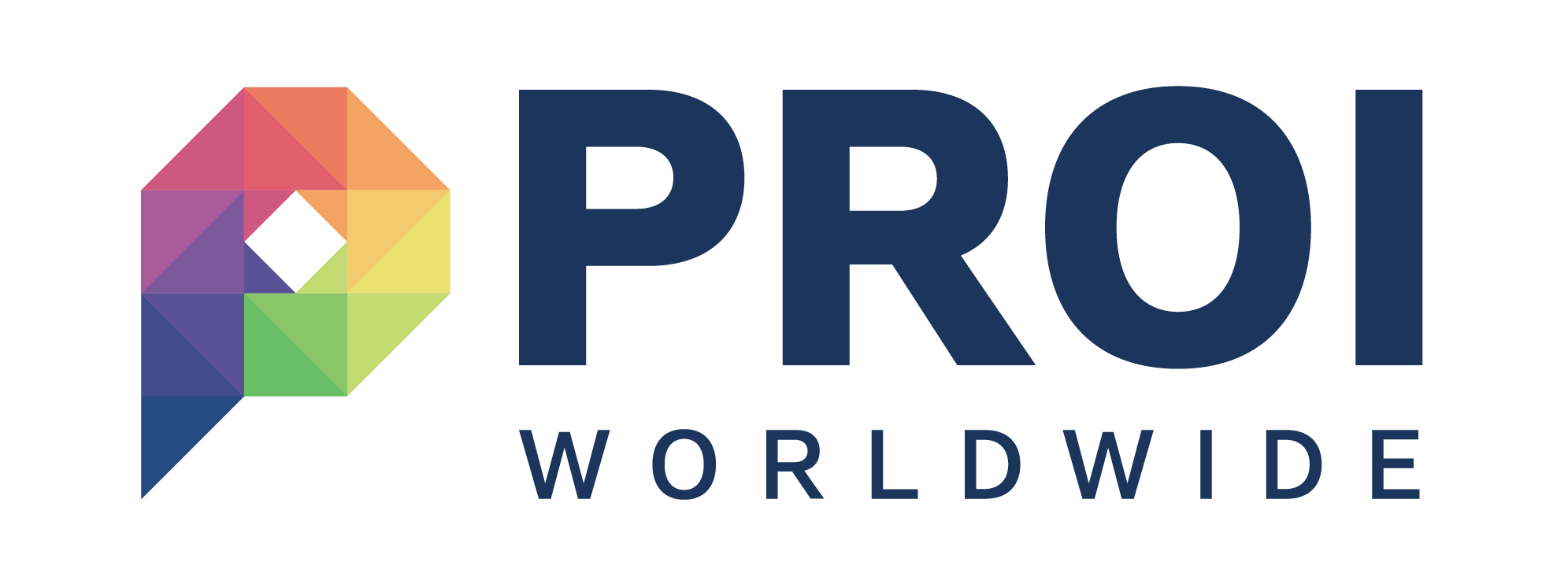Article: Mood boards: a picture tells 1,000 words
Author: Sarah ReakesDate: Sarah Reakes
Pictures work in advertising and communication. Humans respond emotionally to images. From the earliest cave drawings to political cartoons to today’s memes, it’s clear images communicate in a different way to words. Here at KISS we don’t just make or modify powerful images for clients – we also use them to help define strategy and position products.
‘Mood boards’ have been used for decades by many types of designers to help refine a look and feel, and to convey broad ideas. However, we’ve found they work extremely well in other ways: we’ve used them in the past year in strategy sessions with scientists, academics and business leaders to help them solve problems, refine offers and differentiate in the market. These can be done digitally, but, typically, we supply a pile of newspapers and magazines, we pose a carefully designed question, and we ask people to work in small groups to choose words and images for their board to answer this.
The questions are only the first step
People say that mood boards clarify their thinking. What’s crucial is to carefully design the right question and the wider process around it, as obviously the boards are just one step. However, they are often the piece of work that clients remember best, take away as thinking tools and talk about for months afterwards.
It can be personal
I’ve also used these to define a personal vision for myself, and most recently at a Form the Future session with groups of Year 7 to 10 students, to help them define what their future might look like. We didn’t ask them what job they wanted to do as many felt it was too early to know, we just asked what they wanted their life to be like in five years. We got great feedback from both the students and the schools.
We love cutting out
Initially the preserve of interior designers and graphic artists, mood boards have endured since the Mad Men days of the 1960s. Perhaps a lot of the initial appeal is the cutting out and sticking, but in reality they work because lots of us (including me) know what images seem right but we can’t draw. Most aren’t copywriters either, but we know which words work for us. Somehow, for many of us, creating a board is easier and more productive than a squeaky pen and a blank page or agonising for hours over the words in a product description or tagline.
The process engages a group and uses many different parts of the brain, so it helps a team get aligned behind an idea. The finished board usually still needs some explaining to the rest of the room, so this uses a lot of different mental muscles. With the right facilitation this seems to really help groups align over “what we all mean”, how you feel you stand out (or want to), what’s great about that new offer or how it all fits together.
Back at KISS, they can work really well to convey a lot of that feeling to the creatives and coders who weren’t in the room.
So behind all the cutting and sticking there is a tried and tested strategy that we know works well to define strategy. If you’d like an informal chat about using this to help your business then contact us.
Click here to view the online publication
